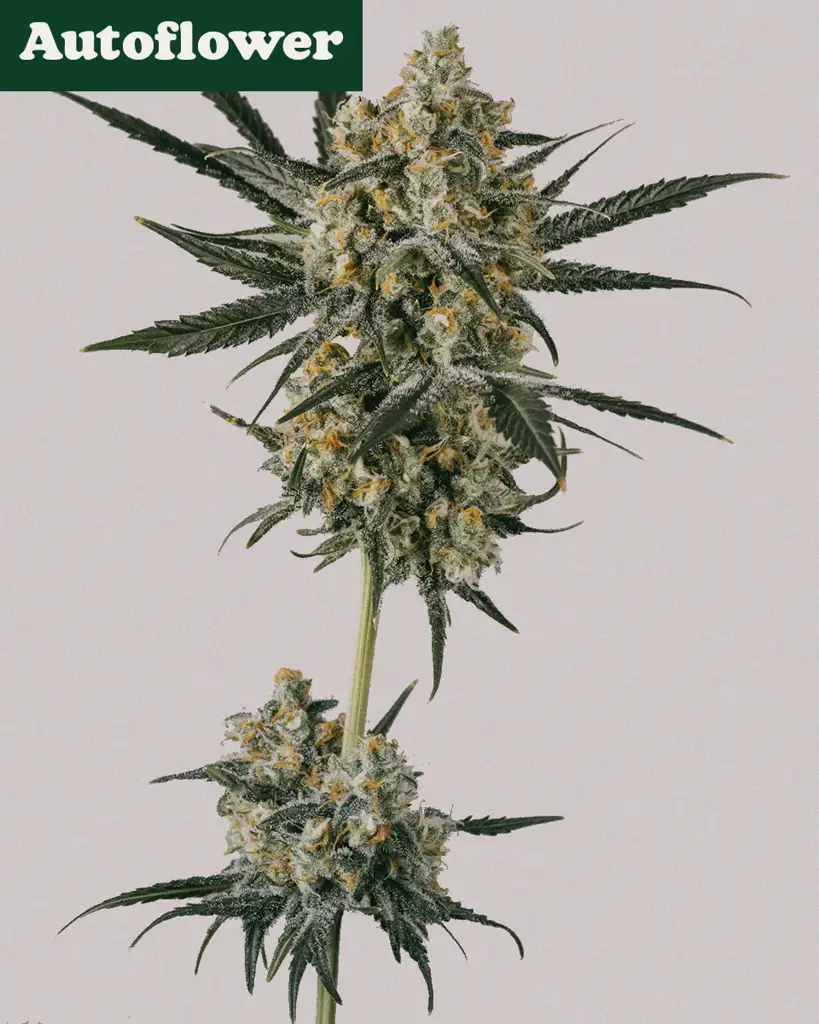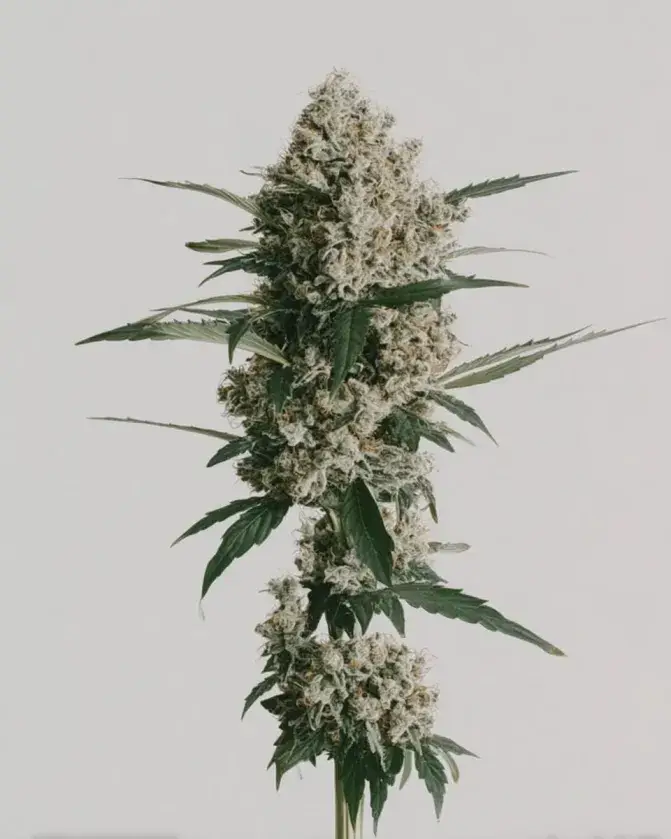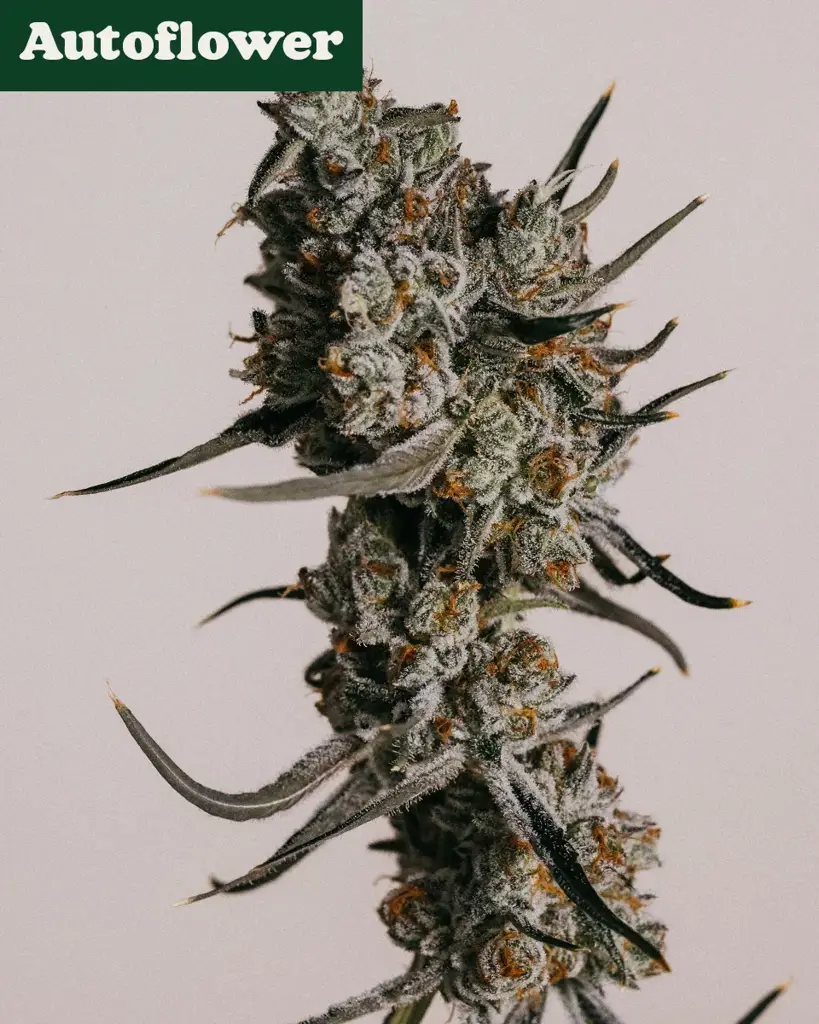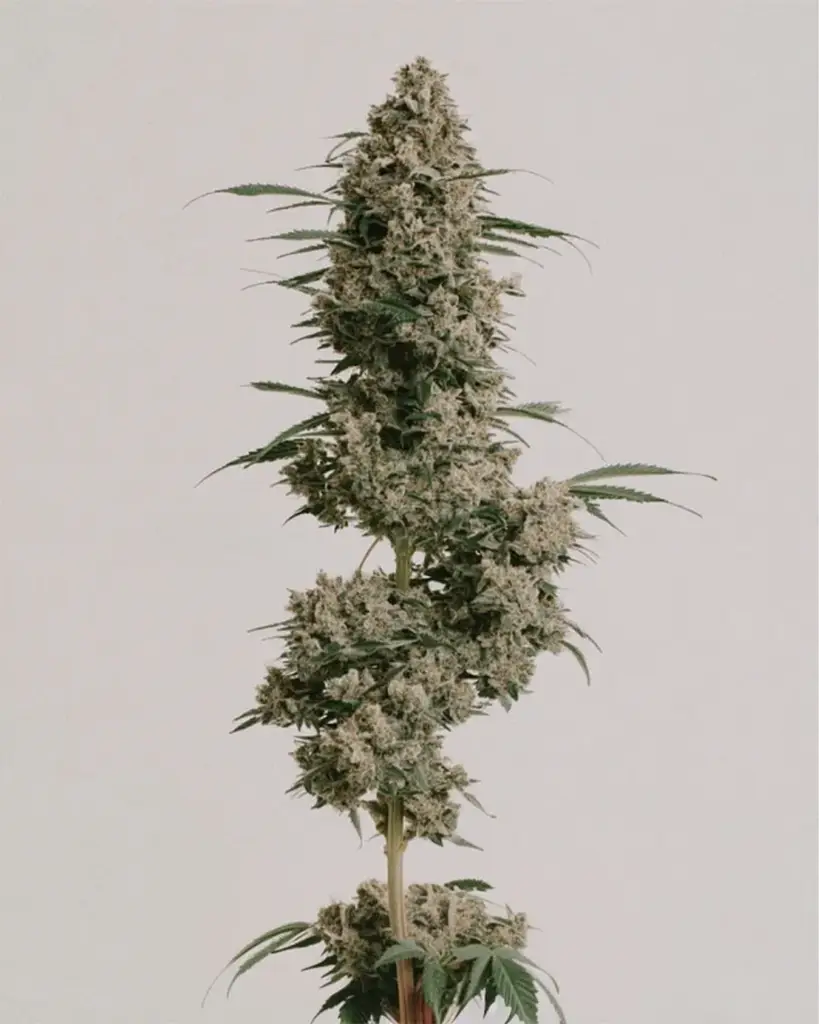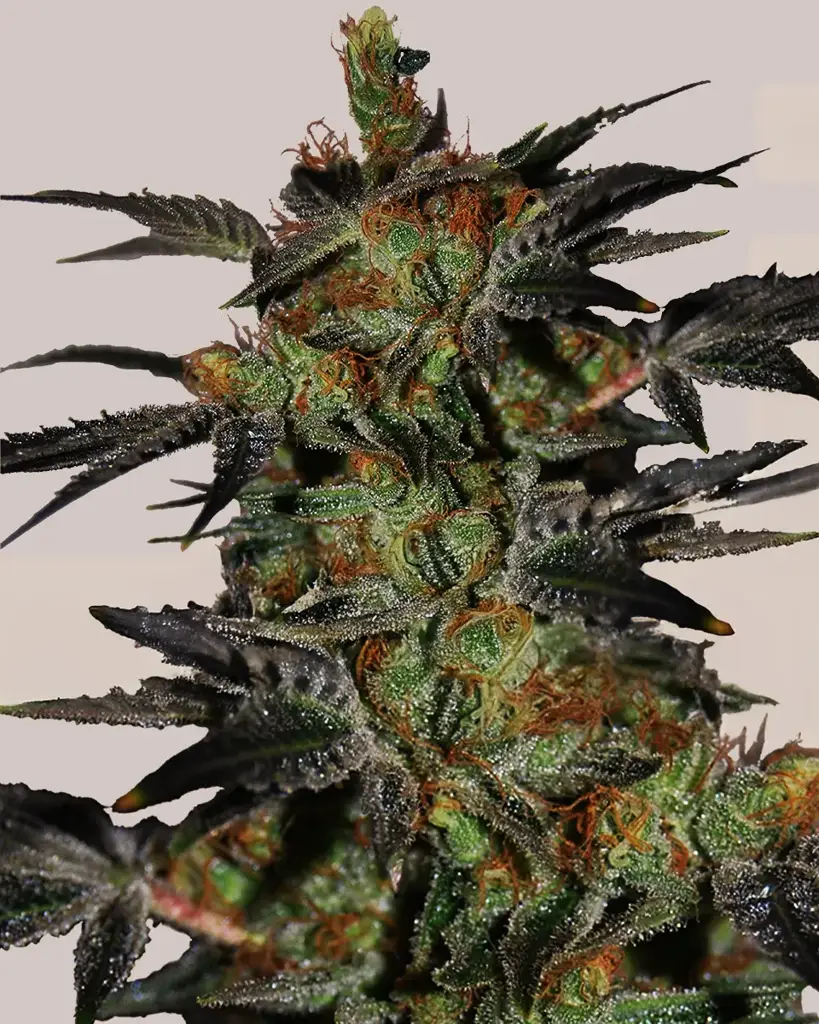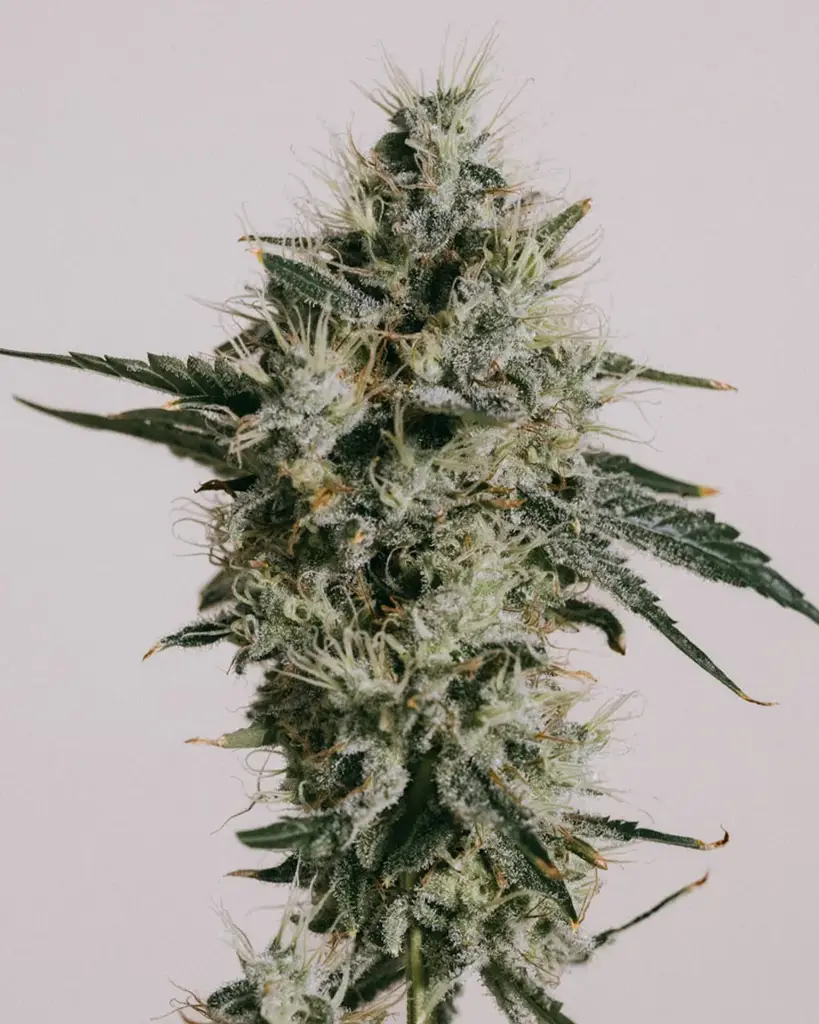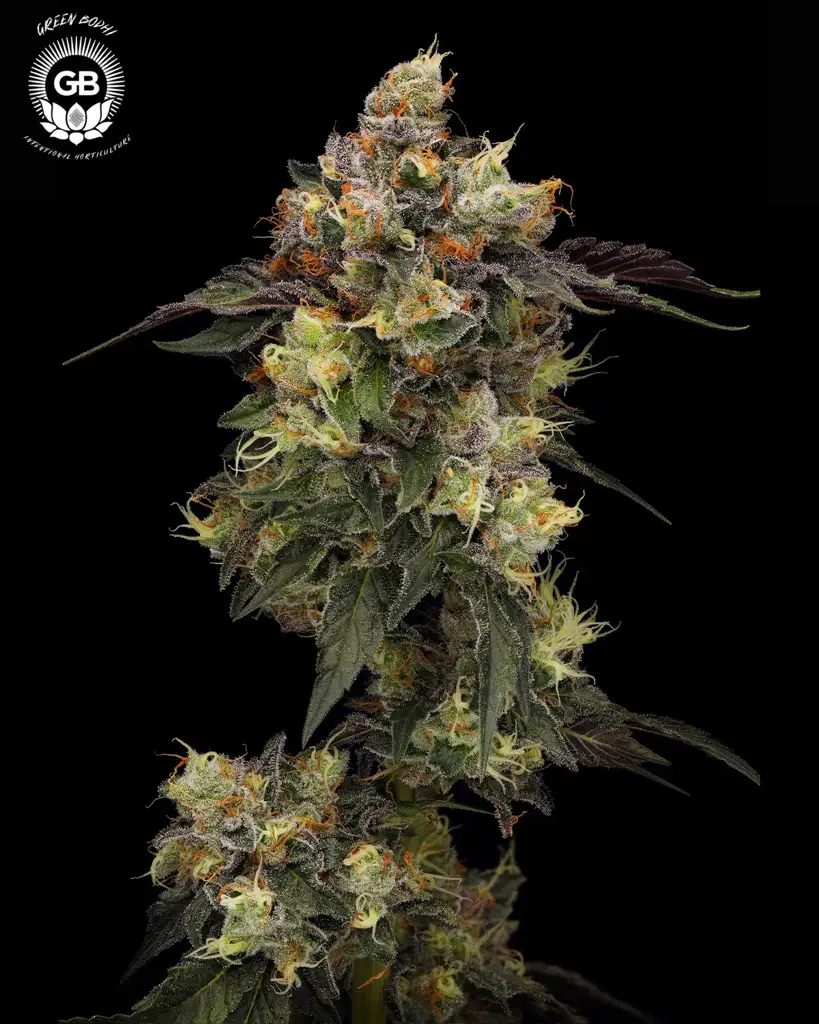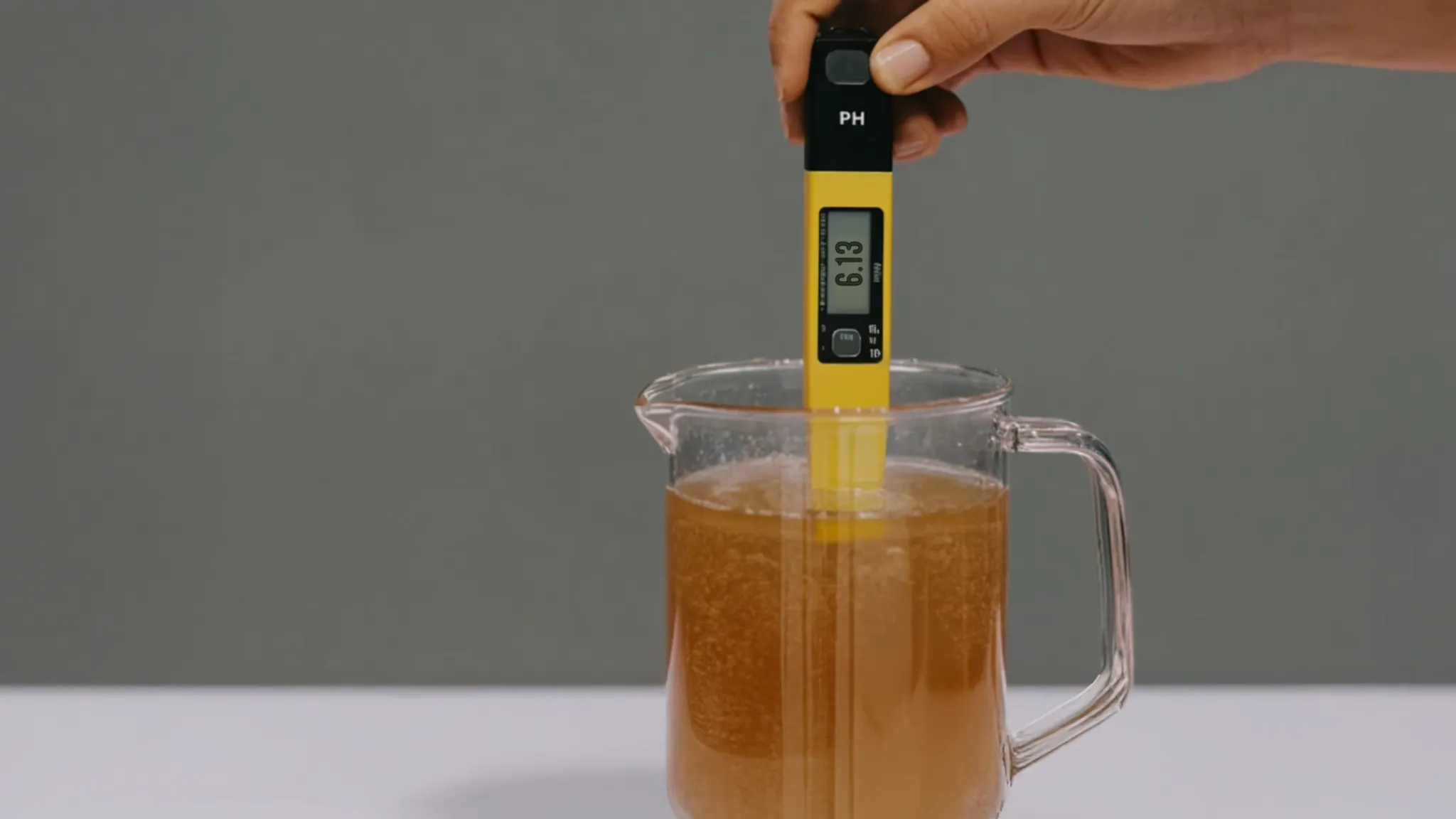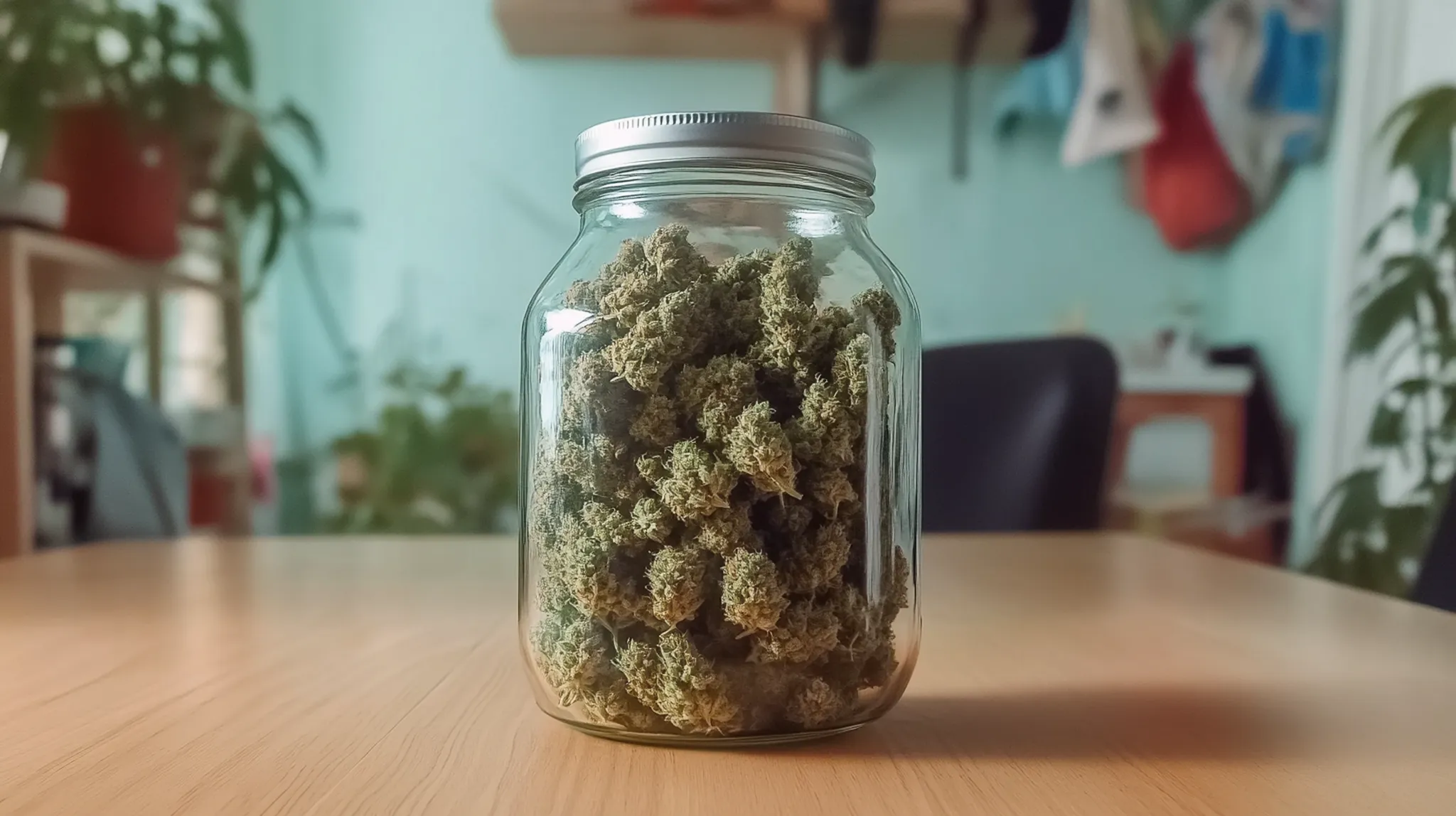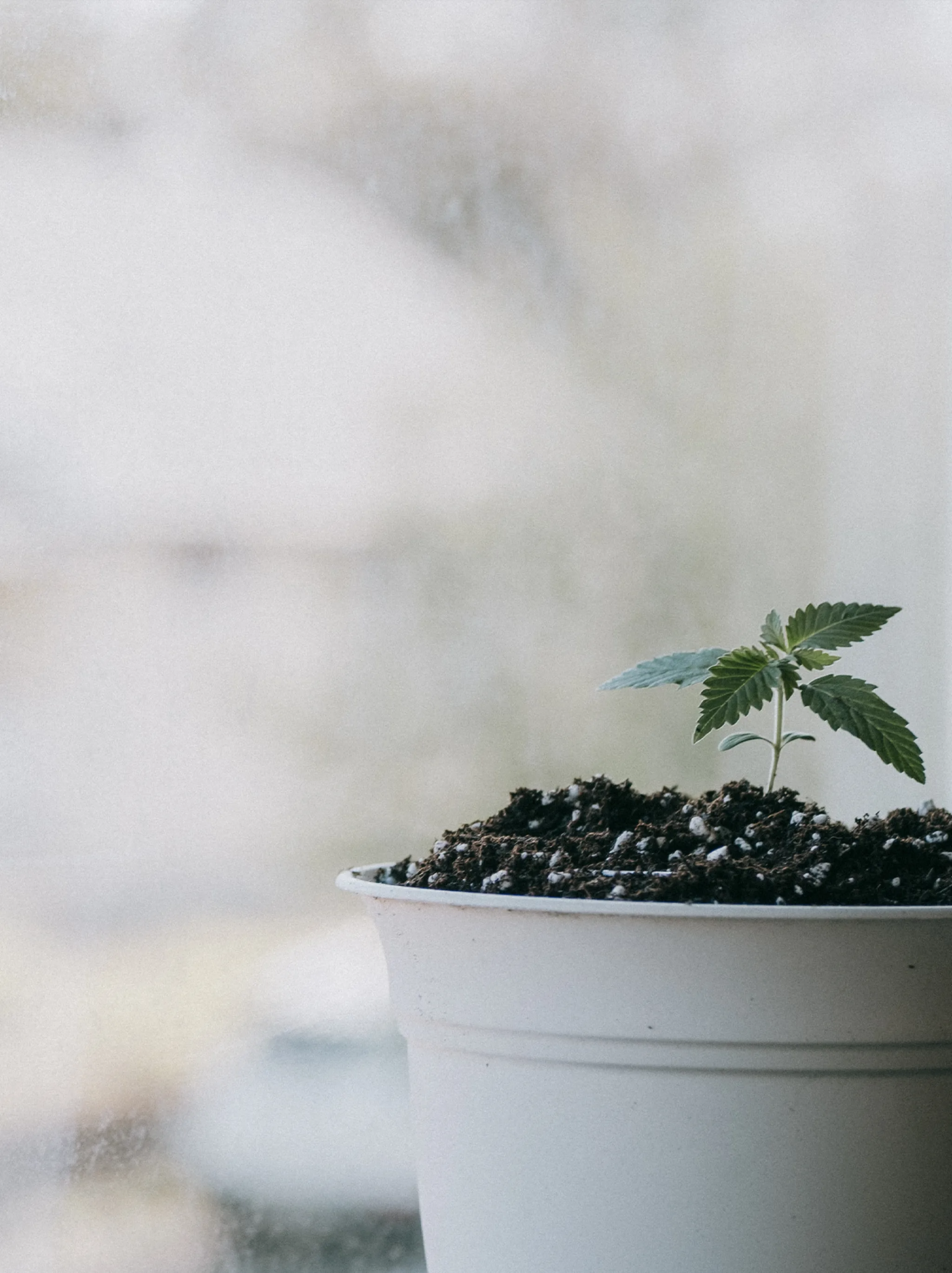
A Beginner's Guide To Cannabis Light Schedules
Managing your cannabis light schedule is key to growing healthy plants and achieving great yields. This guide covers everything you need to know about light schedules for photoperiod plants and autoflowering strains, the best light cycles for each growth stage, and tips for indoor and outdoor growers. Let’s break it all down.
Table of contents
- What is the Cannabis Photoperiod?
- What About Autoflowering Cannabis Strains?
- Best Light Schedule and Spectrum for Seedlings
- Best Light Schedules and Spectrum for the Vegetative Stage
- Best Light Schedules and Spectrum for Flowering Stage
- When to Flip Your Cannabis Plants to Flower
- Managing Light Interruptions and Outdoor Techniques
- Final Thoughts
Too Long, Didn't Read:
Photoperiod Plants: Light cycles control growth (18/6 for vegetative, 12/12 for flowering).
Autoflowering Strains: Flower based on age, not light; beginner-friendly.
Seedlings: Gentle light (16–24 hours), blue-heavy spectrum for early growth.
Vegetative Stage: 18/6 cycle, blue-heavy spectrum for strong foliage and roots.
Flowering Stage: Strict 12/12 cycle, red-heavy spectrum for bud production.
Tips: Avoid light interruptions; use light deprivation outdoors for controlled flowering.
Recommendation: Autoflowers simplify light management for beginners.
What is the Cannabis Photoperiod?
Photoperiod cannabis plants rely on light cycles to determine when to grow and when to flower. They thrive on longer daylight hours during the vegetative stage and require shorter daylight hours to transition into flowering. It is important, however, to keep the light cycles regular.
Choose the schedule that works best for your setup and goals, but keep in mind the importance of giving your plants some darkness time to rest and the different light spectrum depending on the growth stages.
Seedling Stage: Need gentle light and extended exposure to at least 16 hours of light
Vegetative Stage Light Cycle: Typically 18/6 (18 hours of light, 6 hours of darkness) with a focus on the blue light spectrum
Flowering Light Schedule: 12/12 (12 hours of light, 12 hours of darkness) with a focus on the red light spectrum triggers bud production.
Our Bestsellers
What About Autoflowering Cannabis Strains?
Autoflowering strains do not depend on light cycles to flower. They automatically transition from vegetative growth to flowering after a set period, regardless of light exposure. This happens because autoflowers come from the Siberian ruderalis subspecies of cannabis, which evolved to flower based on age rather than light conditions due to the short growing season in its native environment.
Best Light Schedule and Spectrum for Seedlings

Seedlings need gentle light and extended exposure to support early growth. They require a consistent source of soft, indirect light that is not too intense, as young plants are sensitive to strong light. Extended exposure helps ensure they develop strong roots, stems, and early leaves, setting the foundation for healthy growth later on.
Light Schedule: 16 to 24 hours of light daily.
Spectrum: Use full-spectrum LED lights or T5 fluorescent lights with a blue-heavy spectrum (400–500 nm) to encourage strong root and stem development.
Indoor Grow?
Best Light Schedules and Spectrum for the Vegetative Stage
The vegetative stage is all about growth—developing big leaves, sturdy stems, and a robust structure to support future buds. During this stage, the plant focuses on maximizing foliage and root development, which allows it to capture more light and nutrients. This foundation is crucial for healthy flowering later on, as strong vegetative growth leads to larger yields and more resilient plants. “The bigger the roots, the bigger the fruits.”
When to Start 18/6 Light Cycle: Begin as soon as seedlings transition to the vegetative stage. (when you see the first five-fingered leaf)
Best Light Cycle for Veg Stage: Stick to 18/6 to balance growth and energy savings.
Spectrum: Use a blue-heavy spectrum (400–500 nm) to support healthy foliage development and to keep the plant compact
The goal during the veg stage is to grow strong roots and a thick main stem while developing as much foliage as possible. This requires a lot of light—18 to 24 hours per day. Many growers choose 18/6 because it provides the benefits of darkness and helps cut down on energy costs.
How Long Should You Veg Your Weed Plants?
The vegetative stage can last as long as you want, but most growers aim for 4 to 6 weeks or until the plants reach about 12 to 18 inches tall. Keep in mind that once they flower, they’ll usually grow 2 to 3 times larger.
Best Light Schedules and Spectrum for Flowering Stage
The flowering stage is when your cannabis plants produce buds. Proper light management here is crucial.
Flowering Light Cycle Indoor Grow: 12/12 is non-negotiable for photoperiod strains.
Spectrum: Use a red-heavy spectrum (620–780 nm) to enhance bud development and resin production.
Once your plants are ready to flower, you’ll need to switch to 12/12 (12 hours of light, 12 hours of darkness). Keep this schedule consistent every day to signal to your plants that fall is approaching and it’s time to start blooming.
Importance of Darkness
Uninterrupted darkness is key here. Any light during the dark period can interfere with flowering, delaying it or even causing your plant to turn back to vegetative growth. To avoid this, make sure your grow space is completely dark during the 12-hour dark phase.
When to Flip Your Cannabis Plants to Flower
Outdoor cannabis plants naturally enter the flowering stage toward the end of summer, when the days start getting shorter and the nights grow longer. These seasonal changes serve as a signal, telling the plant it’s time to shift focus (flip) from vegetative growth to flowering. Indoor growers, on the other hand, control this change by manually adjusting the light schedule to replicate natural seasonal shifts. For photoperiod cannabis, the flowering stage starts when you reduce light exposure to a 12/12 cycle.
Managing Light Interruptions and Outdoor Techniques
Light Interruption (Power Outages)
Life happens—sometimes there’s a power outage, or your grow light fails. If your plants are on a 12/12 schedule, an unexpected period of darkness won’t necessarily harm them. But if you’re in the 18/6 vegetative stage, the sudden long dark period might accidentally trigger flowering.
What to Do
If you lose your light source, use a camping lantern or any available light to prevent the Phytochrome from switching from active (Pfr) to inactive (Pr). The goal is simply to prevent early flowering until the light issue is fixed. If the unexpected darkness is 48 hours or less, don’t panic; your plant will handle this bump with no problems.
Light Deprivation for Outdoor Grows
For outdoor growers, you can manipulate flowering times using light deprivation. Cover your plants when the sun sets and uncover them mid-morning to ensure 12 hours of darkness. This trick lets you achieve earlier harvests or multiple harvests per year, but consistency is critical.

Final Thoughts
Lighting and light schedules are the lifeblood of your cannabis grow—getting them right can mean the difference between success and failure. Whether you’re growing indoors or taking advantage of the sun outdoors, understanding light cycles is your key to maximizing yield and quality.
If managing light schedules sounds like too much work, you might want to start with something simpler like autoflowering strains—they’re a great option for beginners and don't require as much light management.
Happy growing!
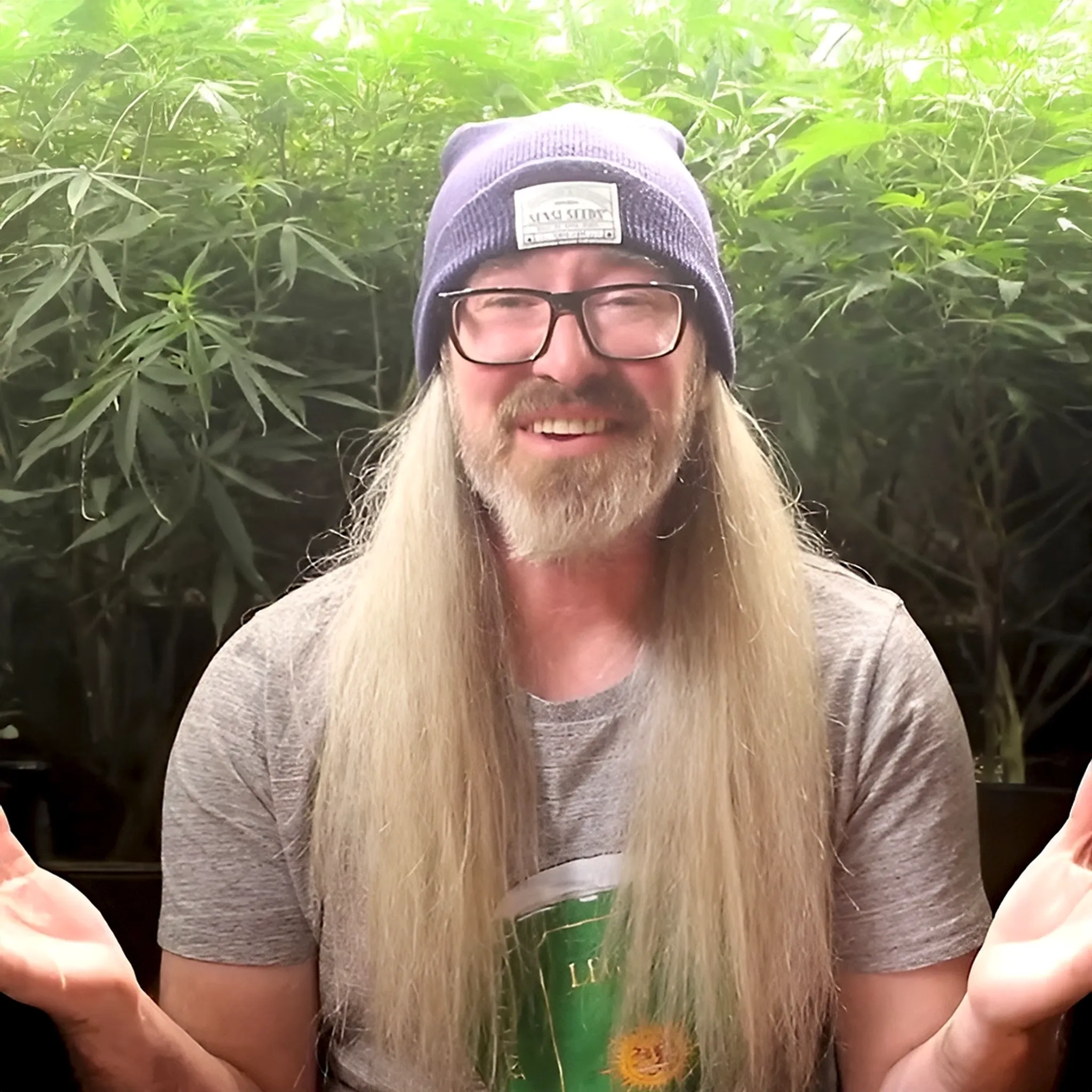
Chad Westport
Chad Westport, a lifelong grower, breeder & cannabis educator, specializes in controlled environment ag with a degree in sustainability.
Continue Reading
You might also find these interesting.


